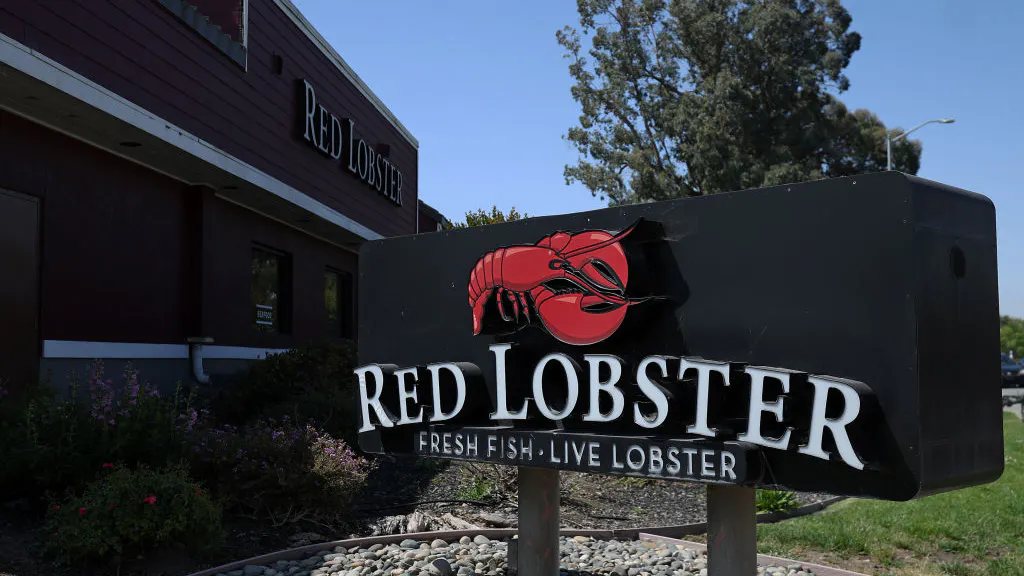Red Lobster, the largest U.S. seafood restaurant chain, is expected to file for bankruptcy after offering customers an all-you-can-eat shrimp deal that ultimately cost the company millions of dollars.
Red Lobster currently boasts roughly 650 locations nationwide and has its headquarters in Orlando, Florida; it recently closed dozens of its outlets. Thai Union Group, Red Lobster’s majority owner, said they were through funding the chain.
“We’re going to exit. We are not going to inject any more money into Red Lobster,” Thai Union Chief Executive Thiraphong Chansiri said in February.
“The company aims to use the bankruptcy process to negotiate concessions from landlords and strike a deal with creditors to continue operating, moves that could trim hundreds of millions of dollars in debt,” Red Lobster said, according to The Wall Street Journal, which noted that the company’s sales dropped 8% from 2022 to 2023.
The Journal pointed out that restaurant chains are suffering because typical consumers, who have incomes less than $50,000, cannot afford to eat out because the current economy has forced them to cut spending. Another factor crippling the chains is the high interest rate they are dealing with when it comes to their debt.
Among chains hit hard by the economy, Tijuana Flats and Sticky’s Finger Joint both filed for bankruptcy in the last 30 days; past month. Dom’s Kitchen & Market and Foxtrot Market, which have prepared-food sections, both closed in April.
In mid-April, the National Gardening Association reported that with the rising costs of groceries, many Americans have taken to growing food at home. It reported that 43% of Americans are now growing food at their homes, up from 33% of Americans in 2019.
“According to the U.S. Department of Agriculture, at-home food prices increased by 11.4% in 2022. In 2023, it increased by another 5.8%,” Spectrum News noted.
CLICK HERE TO GET THE DAILYWIRE+ APP
In March, for the third consecutive month, the core consumer price increased. It advanced 0.4% from February and 3.8% from the year before. Core inflation grew by 0.3% in April.

.png)
.png)

